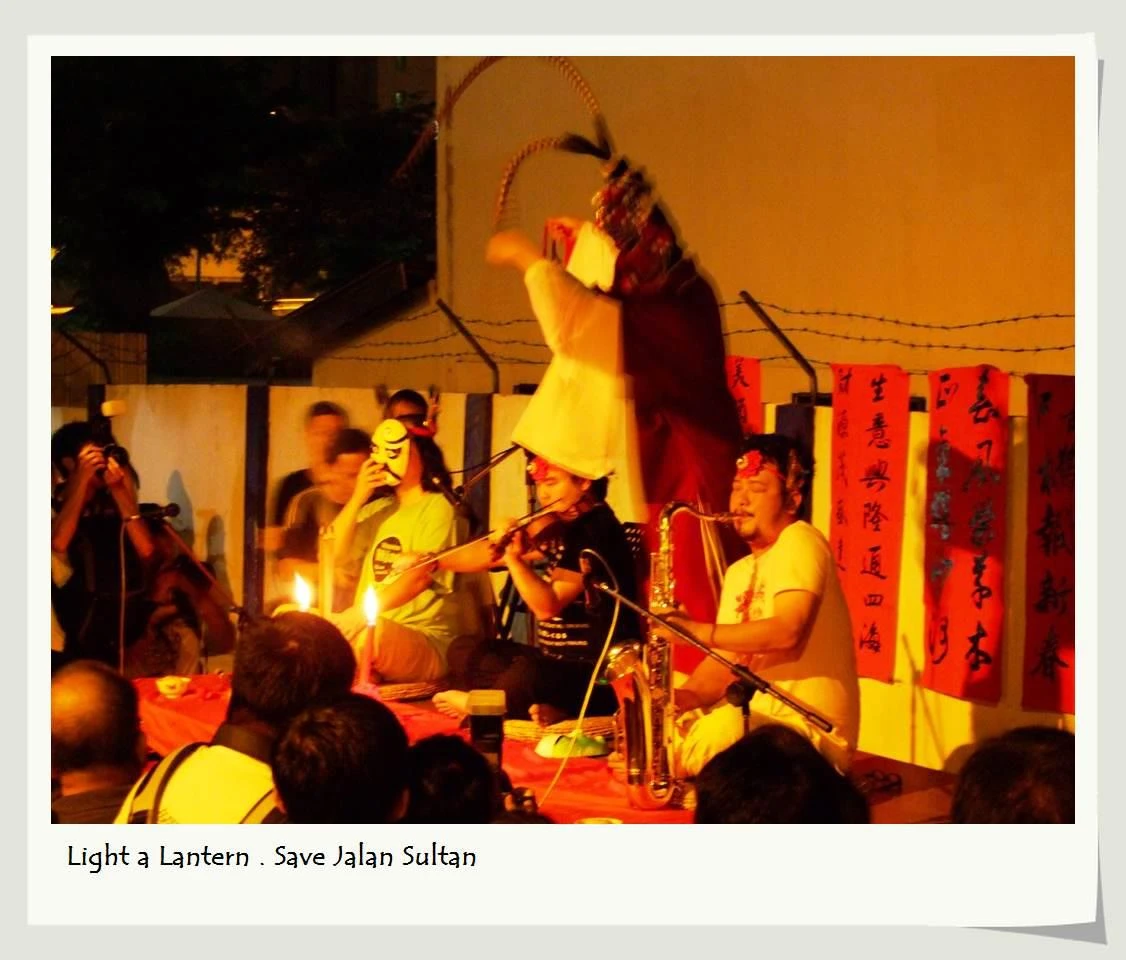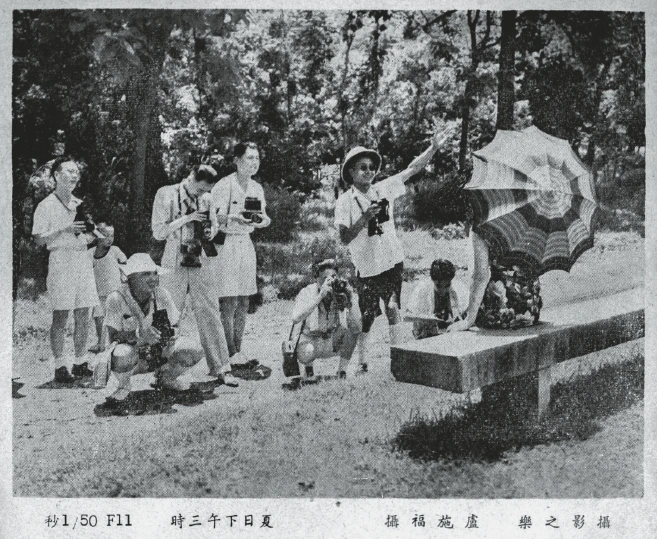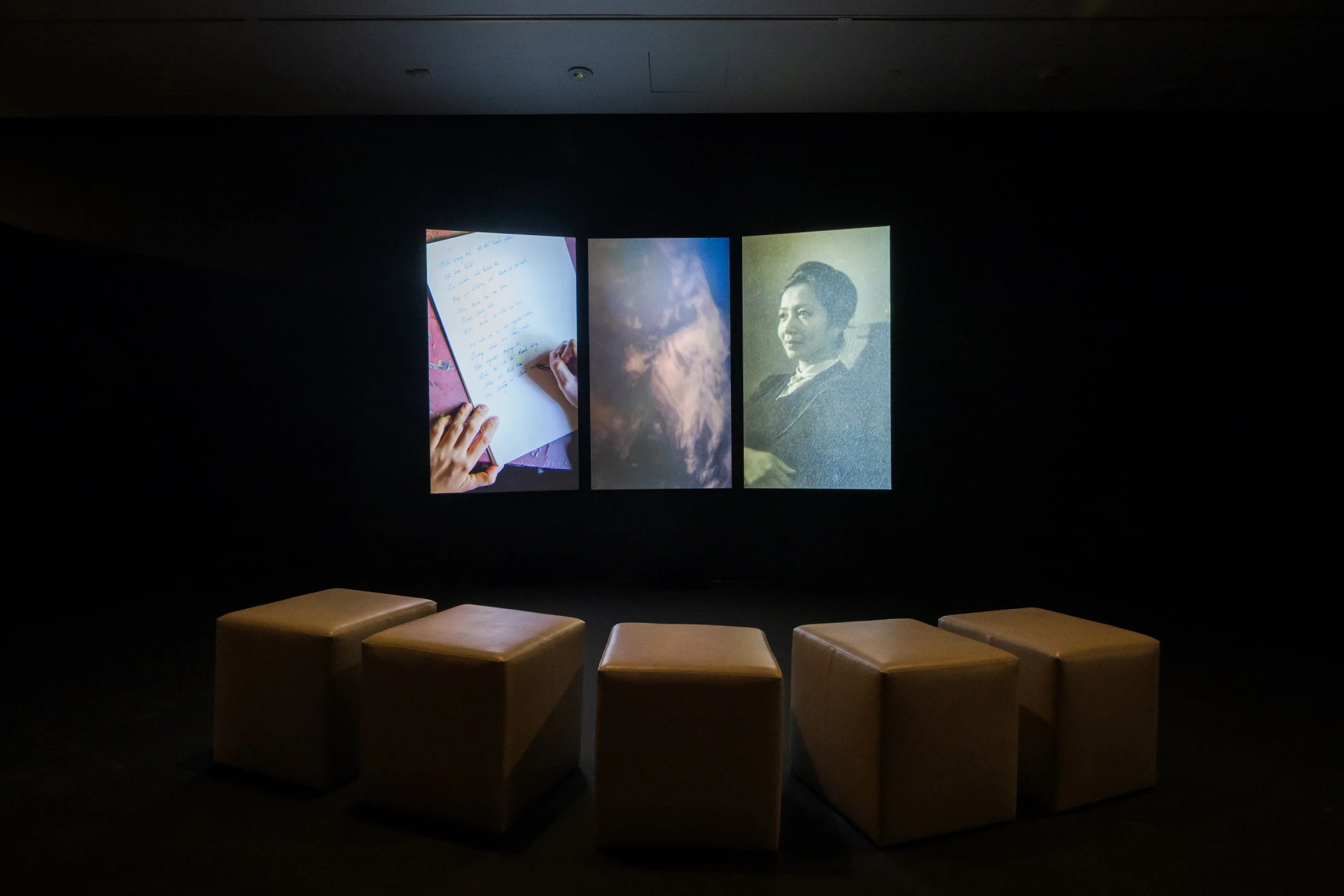摘要
在媒體社會中,現實與虛構已不再處於一種截然的二元對立,它們相互延伸、互為滋養,終至難以區分彼此。本文將從玉格的〈第三記憶〉、〈白雪公主露西〉、〈百萬個王國〉三件作品,探討藝術創作如何不只是流於對於媒體社會的控訴,而是直接進入那些讓影像得以產生的規則之中,發現虛構的潛力,並且強化這樣的潛質,「讓虛構延伸成為現實」?如何藉由創造景觀本身來呈現一個發生在自我認同過程中的現實/虛構之間的複雜變形過程?我們究竟如何蛻變為一個形塑自己的想像影像的「能動者」,在媒體影像與現實轉譯的過程中,創造出屬於自己的影像真實?而真實又將如何因為一種比真實還更真實的事物的出現而消失?
關鍵詞
現實、虛構、自我認同、影像流變、超真實
Abstract
In the media society, the strict binary opposition between fact and fiction no longer exists. The real and fictional intertwine and mutually nourish each other in a way that blurs easy distinctions between them. Through a case study of three of Pierre Huyghe's works, The Third Memory, Snow White Lucie, and One Million Kingdoms, this article investigates the following questions: How can art enter into a set of rules that produce imaginary actualities to discover and intensify the potential of fiction and to "extend fiction into reality" rather than simply accusing the media of alienating society? How can art, by creating a spectacle, present the complicated transformation between fact and fiction in the self-identification process? How does one become an "actor" who builds his/her imaginary self in this transformation? How can the real eventually disappear due to the presence of something that is more real than the real?
Keywords
reality, fiction, self-identity, becoming-image, hyperreal






